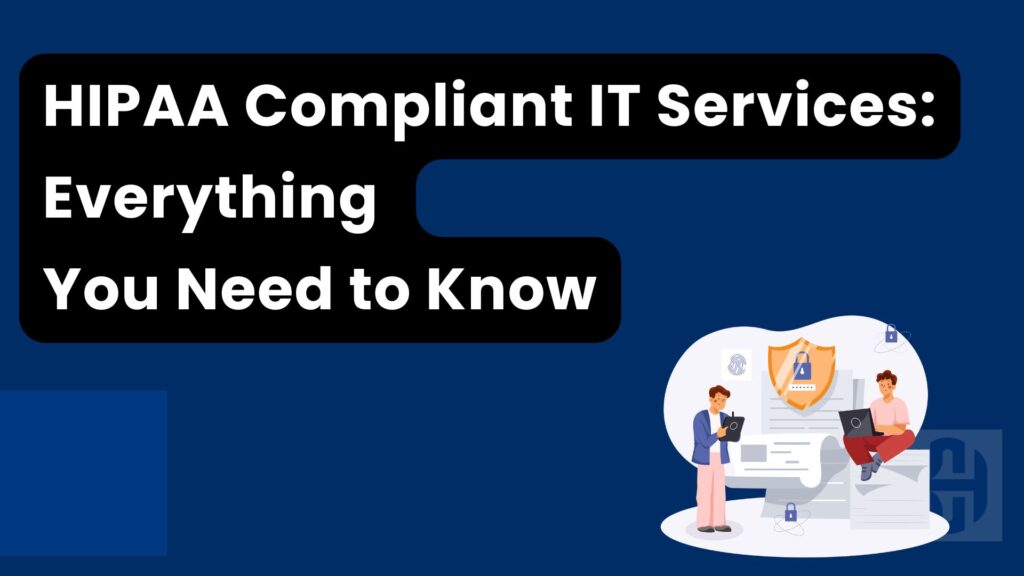Introduction
Health insurance is a key part of staying healthy and managing healthcare costs. But for many people, it can be confusing. This guide will help you understand the basics of health insurance in simple terms.
What is Health Insurance?
Health insurance is a way to pay for your short term and long term medical care. You pay a company every month, and they help pay your medical bills when you need care. It’s like a safety net for your health and your wallet.
Why is Health Insurance Important?
- It helps pay for doctor visits and medicine
- It can save you money if you get very sick or hurt
- It helps you stay healthy with free check-ups
Types of Health Insurance Plans

HMO (Health Maintenance Organization)
- You pick a main doctor
- You need to see this doctor first for most care
- It’s often cheaper, but you have less choice in doctors
PPO (Preferred Provider Organization)
- You can see any doctor without a referral
- It costs more, but gives you more freedom
- You pay less if you use doctors in the plan’s network
EPO (Exclusive Provider Organization)
- Like a mix of HMO and PPO
- You don’t need referrals
- You must use doctors in the network, except for emergencies
POS (Point of Service)
- You pick a main doctor, like in an HMO
- You can see doctors outside the network, like in a PPO
- It’s more flexible, but can be more complicated
Learn more about health insurance plan types from HealthCare.gov
Key Health Insurance Terms
Understanding these terms will help you make better choices about your health insurance:
Premium
This is the amount you pay each month for your insurance. It’s like a subscription fee for your health coverage.
Deductible
This is how much you pay for care before your insurance starts to help. For example, if your deductible is $1,000, you pay the first $1,000 of your medical costs each year.
Copayment (Copay)
This is a set amount you pay for a service. For example, you might pay $20 every time you see your doctor.
Coinsurance
This is your share of the costs of a health service, usually after you’ve paid your deductible. It’s often a percentage, like 20% of the total bill.
Out-of-Pocket Maximum
This is the most you’ll have to pay for covered services in a year. After you reach this amount, your insurance pays 100% of covered costs.
Find more health insurance terms explained at MedlinePlus
How to Choose a Health Insurance Plan
Picking the right health insurance plan can be tricky. Here are some things to think about:
- Your health needs: Do you need a lot of care or just check-ups?
- Your budget: How much can you afford to pay each month?
- Your preferred doctors: Do you want to keep seeing your current doctors?
- Your medications: Are your medicines covered by the plan?
Steps to Choose a Plan:
- Make a list of your health needs
- Look at the plans available to you
- Compare the costs and benefits of each plan
- Check if your doctors and medicines are covered
- Ask for help if you’re not sure
Get tips on choosing a health plan from the National Institutes of Health
Where to Get Health Insurance
There are several ways to get health insurance:
Through Your Job
Many people get health insurance from their employer. This is often the cheapest option.
Health Insurance Marketplace
If you can’t get insurance through work, you can buy it from the Health Insurance Marketplace. You might get help paying for it based on your income.
Visit HealthCare.gov to learn about the Marketplace
Government Programs
- Medicare: For people 65 or older, or with certain disabilities
- Medicaid: For people with low incomes
- CHIP (Children’s Health Insurance Program): For children in families that earn too much for Medicaid but can’t afford private insurance
Learn about Medicare at Medicare.gov Find information about Medicaid at Medicaid.gov
Directly from Insurance Companies
You can also buy insurance directly from insurance companies, but you won’t get financial help from the government this way.
Understanding Your Health Insurance Costs
When you have health insurance, you’ll have different costs to pay. Let’s break them down:
Monthly Premium
This is what you pay each month to have insurance, even if you don’t use any healthcare services.
Costs When You Get Care
- Deductible: What you pay before insurance helps
- Copayments: Set amounts for specific services
- Coinsurance: Your percentage of the costs
Example:
Let’s say you have a plan with:
- $200 monthly premium
- $1,000 deductible
- $30 copay for doctor visits
- 20% coinsurance for hospital stays
Here’s how it might work:
- You pay $200 every month.
- When you get sick, you pay the full cost of care until you’ve paid $1,000 (your deductible).
- After that, you pay $30 for each doctor visit.
- If you need to stay in the hospital, you pay 20% of the cost, and your insurance pays 80%.
Remember, once you reach your out-of-pocket maximum, your insurance pays 100% of covered costs for the rest of the year.
Use this calculator from HealthCare.gov to estimate your insurance costs
What Health Insurance Typically Covers
Most health insurance plans cover a set of preventive services at no cost to you. These often include:
- Yearly check-ups
- Vaccines
- Cancer screenings
- Birth control
- Routine dental check-up and cleanings
Other services that are usually covered (but you might have to pay part of the cost) include:
- Doctor visits when you’re sick
- Emergency room visits
- Hospital stays
- Mental health care
- Prescription drugs
See a full list of preventive services covered by the Affordable Care Act
What Health Insurance Might Not Cover
Some services might not be covered by your insurance. These often include:
- Cosmetic surgery
- Alternative medicine (like acupuncture)
- Extensive dental care (unless you have separate dental insurance)
- Vision care (unless you have separate vision insurance)
- Long-term care (like nursing home care)
Always check your plan details to see what’s covered and what’s not.
How to Use Your Health Insurance
Once you have health insurance, here’s how to use it:
- Get your insurance card: Your insurance company will send you a card. Always carry it with you.
- Find in-network providers: Use your insurance company’s website or app to find doctors who are in your network.
- Make an appointment: When you call for an appointment, say you have insurance and ask if they accept your plan.
- At the appointment: Show your insurance card when you check in.
- Pay your share: You might need to pay a copay at the time of your visit.
- Review your bills: You’ll get an Explanation of Benefits (EOB) from your insurance company. This isn’t a bill, but it shows what was covered. Compare it to any bills you receive.
Learn more about using your insurance at HealthCare.gov
Common Health Insurance Mistakes to Avoid
- Not understanding your plan: Take time to read your plan details.
- Assuming everything is covered: Always check if a service or medication is covered before you get it.
- Going out of network: You’ll usually pay more if you see doctors who aren’t in your network.
- Skipping preventive care: Many preventive services are free, so use them!
- Not comparing plans: Don’t just renew your old plan without looking at other options.
- Forgetting to update your information: If your income or family size changes, you might qualify for different coverage or savings.
Health Insurance Rights and Protections
The Affordable Care Act (also called Obamacare) gives you certain rights:
- Insurance companies can’t refuse to cover you because of pre-existing conditions.
- Young adults can stay on their parents’ plan until they turn 26.
- Insurance companies can’t cancel your coverage just because you get sick.
- There are no yearly or lifetime limits on coverage for essential health benefits.
Read more about your health insurance rights at HealthCare.gov
Getting Help with Health Insurance
If you need help understanding or using your health insurance:
- Call your insurance company’s customer service number (it’s on your insurance card).
- Contact a local health insurance navigator or assister. They provide free, unbiased help.
- Use online resources like HealthCare.gov or your state’s insurance department website.
Conclusion
Understanding health insurance can seem hard at first, but it’s an important part of taking care of your health and your finances. Remember these key points:
- Know the basic types of plans and insurance terms.
- Think about your health needs and budget when choosing a plan.
- Use your preventive care benefits.
- Stay in-network when you can.
- Don’t be afraid to ask for help if you’re confused.
With this guide, you’re on your way to making smart choices about your health insurance. Remember, good health insurance can help you stay healthy and avoid big medical bills. Have questions about HIPAA compliance? Contact HIPAA Certify.





